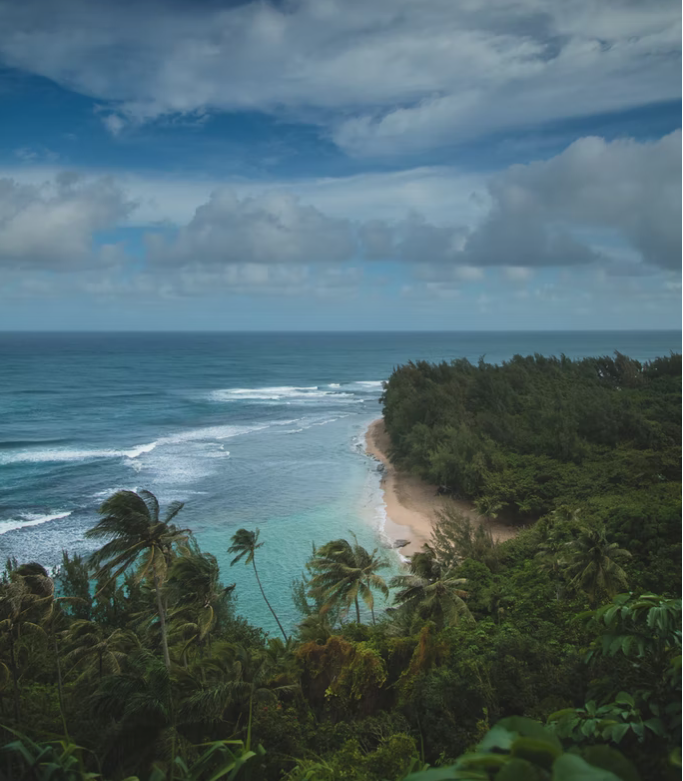Forest and landscape restoration (FLR) is defined as a process that aims to regain ecological functionality and enhance human well-being in deforested or degraded landscapes.
The Global Partnership on Forest and Landscape Restoration (GPFLR) believes that this goal is best achieved by applying a landscape approach to sustainable development where the use of natural resources use (forests, energy, agriculture, water, etc.), conservation and livelihoods within a given area are considered in an integrated manner.
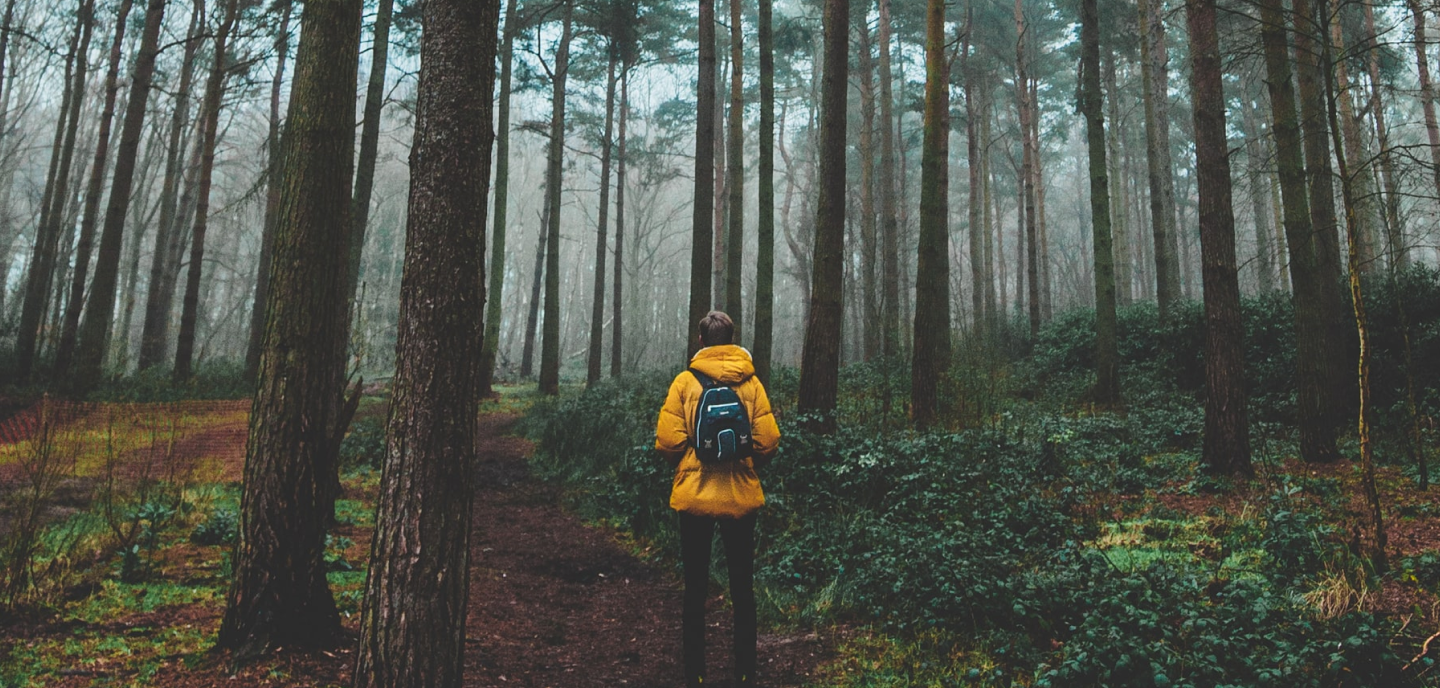
About us
The Global Partnership on Forest and Landscape Restoration is a proactive global network that supports all stakeholders to restore the world’s lost and degraded forests and their surrounding landscapes. The GPFLR was initiated in 2003 by a small consortium of like-minded organizations and Governments, spearheaded by the International Union for the Conservation of Nature (IUCN).
The Partnership’s purpose is to catalyze dynamic, voluntary action through sharing diverse experiences on restoration efforts that deliver tangible benefits to both local communities and nature through a landscape approach. The Partnership also encourages political commitments on forest and landscape restoration, in the context of the Bonn Challenge, its regional offshoots, and the Decade on Ecosystem Restoration.
Vision and Mission
Vision
GPFLR is the global collaborative network on FLR that brings the strength of its partners to promote and support scaling up forest and landscape restoration.
Mission
GPFLR works to expand and scale-up impacts of FLR through collaborative action, including informing and influencing policy as well as strengthening and improving practice, among key decision-makers and stakeholders by providing support, tools and learning opportunities.
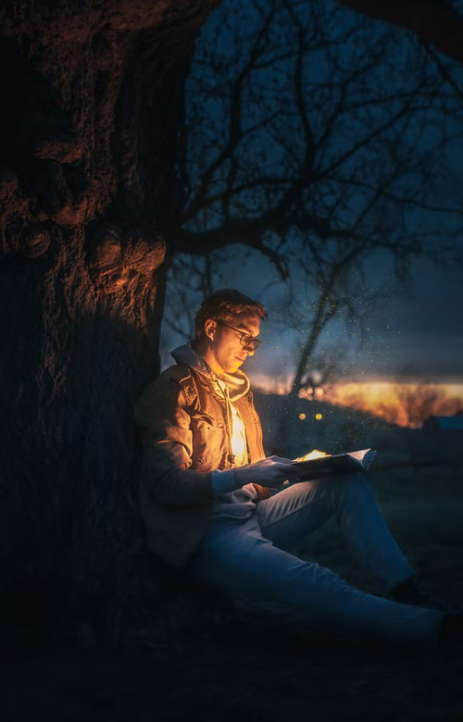


Strategic objectives for the GPFLR
Influence national and international policy on FLR: raise the visibility of FLR as an important NbS, aligned with the implementation of the UN Decade on Ecosystem Restoration Strategy and Action Plan and ensuring the recognition of the role of restored forests and landscapes in meeting objectives of the Rio Conventions, Bonn Challenge and other relevant global and regional platforms.
Raise the GPFLR as an authoritative voice on FLR to strengthen and improve practice: enhance knowledge generation in support of its members through collaborating in members’ led products or original GPFLR products. Provide advice, support and guidance to existing FLR initiatives.
Provide visibility of the work of the GPFLR members internally and externally: internally to enhance collaboration regarding existing initiatives as well as mobilizing new initiatives for efficiency and cost-effectiveness. Externally to show the added value of the partners’ work.
Creating networks
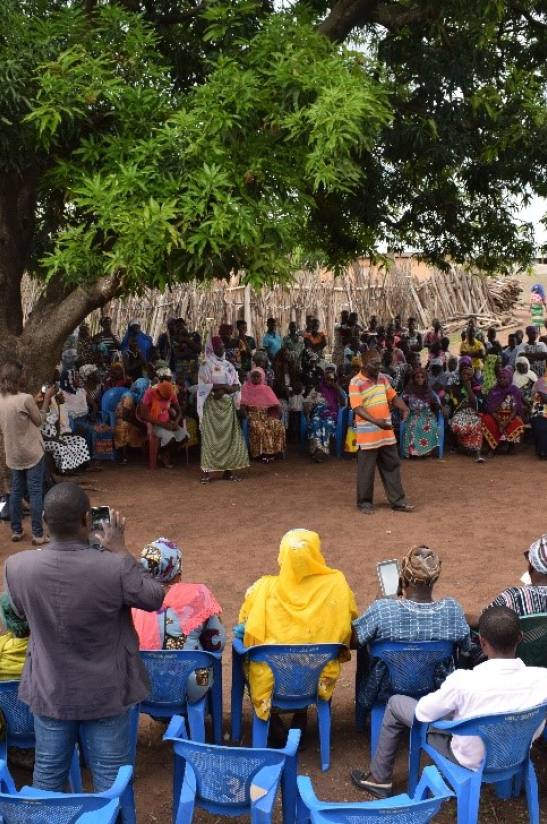
Creating knowledge networks to accelerate restoration effort
As practitioners of FLR, we are learning all the time, through experience and from each other. The GPFLR Learning Network provides an important vehicle for that process. We aim to raise awareness of real-world FLR experiences and make available the tools and knowledge to support practitioners in the field. By connecting our partners and collaborators around the world in an FLR community of practice we are able to spread best practices, build cooperation and exchange new ideas and solutions, saving both time and resources.
Capacity development
Courses and workshops are essential to developing individual and collective capacity with respect to the conservation and restoration of forest landscapes. Our partners organize multiple and varied courses and learning opportunities related to FLR all over the world and online.
We believe that ideas can trigger transformation landscapes
Through active engagement, collaboration and the sharing of ideas and information, GPFLR promotes an integrated, cross-sectoral approach to restoration that seeks to ensure that forests and the functions and values they represent are effectively re-established, conserved and used to enable sustainable livelihoods and ecological integrity for the future.
The GPFLR does not seek to establish a parallel policy process or duplicate the efforts of others, but rather pursues and creates positive synergies between existing activities, projects, processes and institutions to encourage and reinforce the contribution of each.
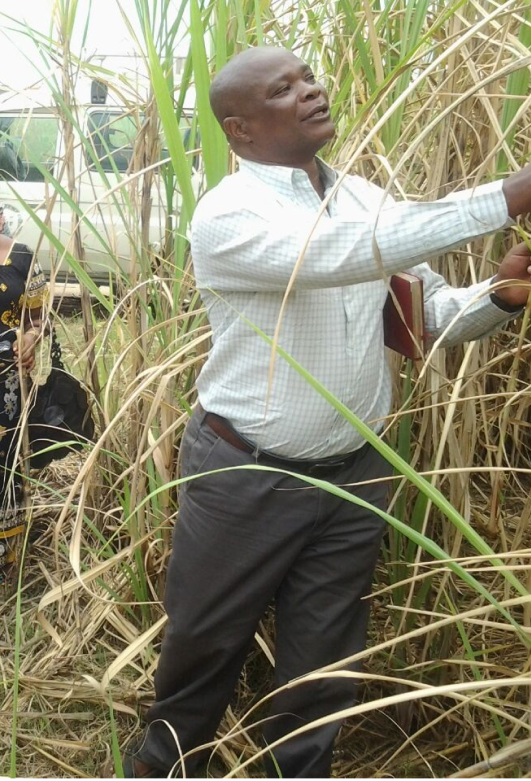
Our Approach
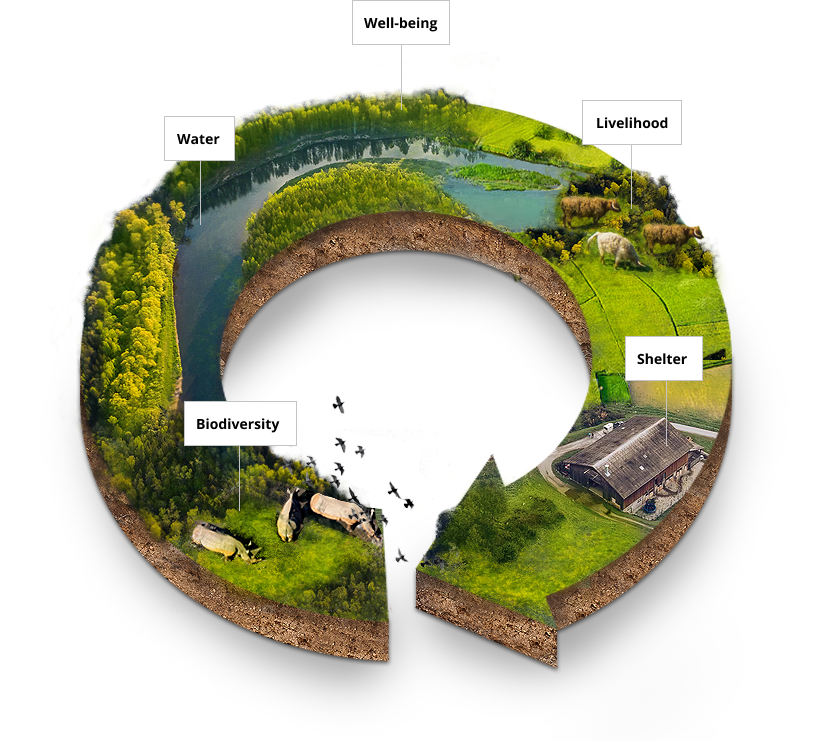
Landscapes are often seen as large-scale physical areas comprising overlapping ecological, social and economic activities and values.They generally have multiple functions, as they provide a variety of services to society, such as biodiversity, food, water, shelter, livelihood, economic growth, and human well-being. All these services are interlinked; thus, if the agricultural area in a landscape expands, it will have repercussions for the area covered by forests. This makes landscapes an ideal unit for planning and decision making, as it allows for the integration of various sector plans and programmes into one single spatial context and for a better understanding of trade-offs, options and scenarios around proposed decisions and desired outcomes.
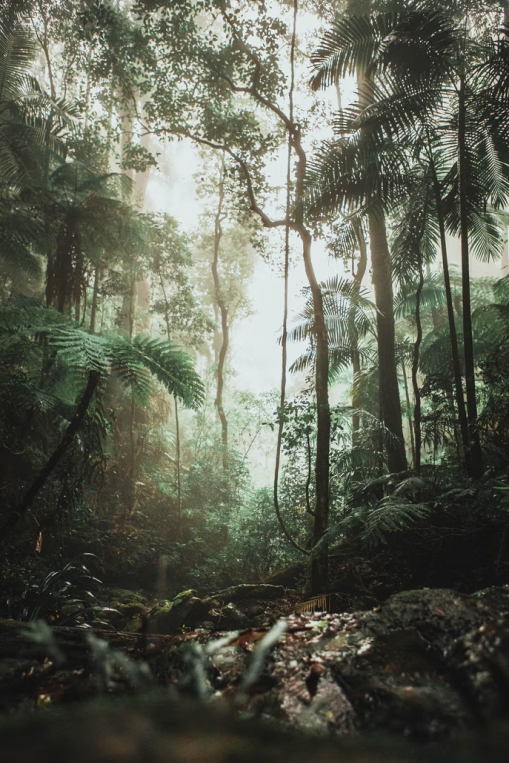
Bringing together a diverse range of stakeholders
FLR brings together a diverse range of stakeholders, with diverse perspectives to identify, negotiate and implement practices that restore an agreed balance of ecological, social and economic benefits of forests and trees within a broad range of land uses.
FLR practitioners recognize that, by building sustainable relationships between communities, government authorities, commercial interests and other forest dependents and beneficiaries, we can restore and sustain landscapes that fulfil the socio-economic needs of both people and support environmental outcomes that restore function and health in them.
By adopting a landscape approach, we learn how to look at landscapes from a multi-functional perspective, combining natural resources management with environmental and livelihood considerations. People and their institutions are therefore perceived as an integral part of the system rather than as external agents operating within a landscape.
FLR is not a new idea; many people in different places are already doing it. And while the underlying premise goes by many different names, the fundamental goal is to shift emphasis away from simply maximizing tree cover to truly considering forest functions in the overall configuration of landscapes on which people depend.
